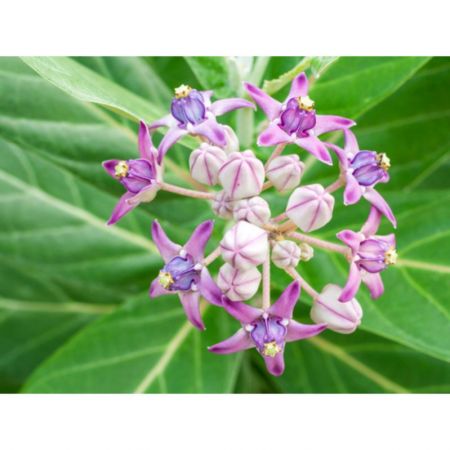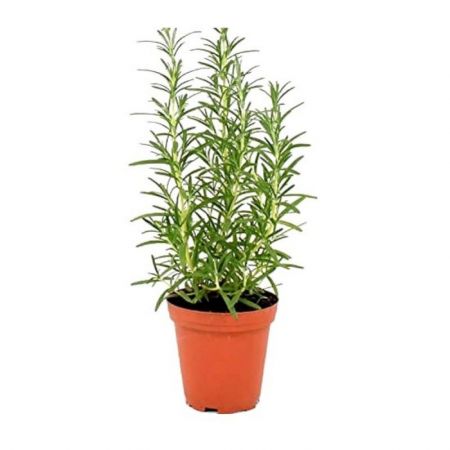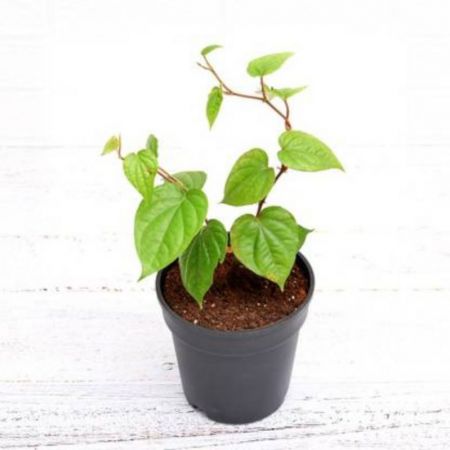Maruthani -Plant with nursery cover (henna)
Color your hands and hair naturally by growing an excellent Mehndi plant
₹ 59.00
₹99
(Inclusive of all taxes)
-

No Warranty
-

COD Avilable
-

Non Returnable
-

cancelable
About this item
Henna tree, (Lawsonia inermis), also called Egyptian privet, tropical shrub or small tree of the loose sterile family (Lythraceae), native to northern Africa, Asia, and Australia. The leaves are the source of a reddish-brown dye, known as henna, which is commonly used for temporary body art and to dye fabrics. The plant bears small opposite leaves and small, fragrant, white to red flowers. In addition to being grown for its dye, it is used as an ornamental.
The Plant is famous for its anticancer and anti-inflammatory activities. Its bark and seeds are used in the Unani and Ayurveda. The health benefits of Henna are described below:
- Lawsonia inermis is useful against heat stroke and used against a headache.
- Henna bark and root are used for the treatment of liver enlargement and jaundice.
- Mehndi leaves are soaked in water and drunken to cure cracking of nails and adds nutrition to the body.
- Lawsonia inermis powder with butter cures scabies, mange and swelling.
- It acts against hair loss and strengthens hair. Hence, henna is used as a natural agent for baldness.
- Because of the astringent nature of mehndi leaves, it is used to cure sunburn and other rashes in the body.
- People suffering from fever or high-temperature use as a home remedy for the treatment.
- It acts as a cooling agent when applied on the burns and wounds. It is also an effective sun block.
0 Review Of Product Maruthani -Plant with nursery cover (henna)













